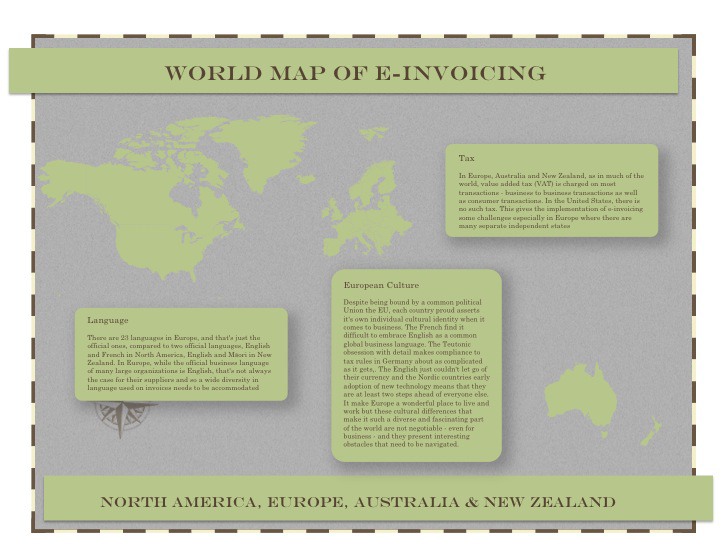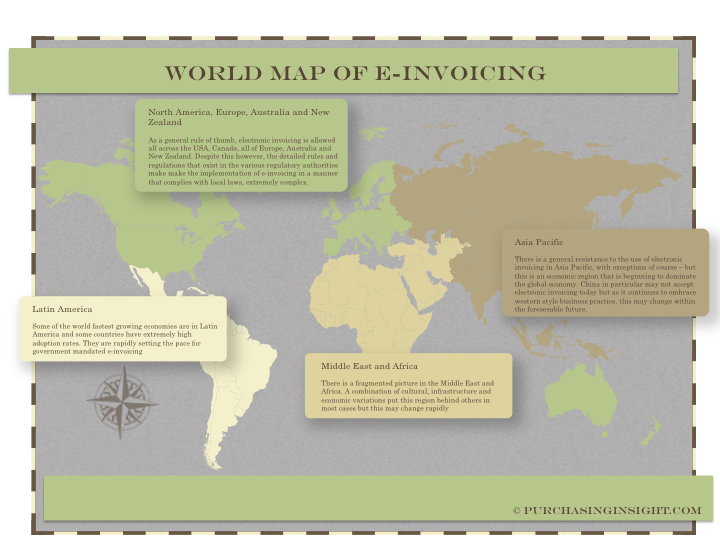
Medium Image
06 Dec Kofax jumps on the mobile band wagon
There's talk that the Amazon Kindle Fire will evolve into a phone and next year could see a Facebook phone launched as the dominant B2C players seek to protect their routes to market by adding hardware to their social networks and consumer ecosystems. It seems that everyone wants to have a piece of the mobile pie. But when Kofax announces that they've made an investment in MobiFlex to add mobile to their document capture offerings - the reasons for doing that aren't exactly obvious. What is the serious business reason for using an iPhone as a business document capture device and are Kofax just jumping in the mobile band wagon?02 Dec Ariba needs to do a 180 and play to their hidden strengths
Ask a bunch of people what Ariba is great at and you'll get a range of answers. Some will say they were one of the great dot com success stories. Some will say e-procurement and e-sourcing. Others will say Ariba Supplier Network (ASN) and a few will even say e-invoicing. But I'd be bowled over if any said "dynamic discounting". Ariba has more customers actively using dynamic discounting to generate substantial saving for the business than anyone else but their PR machine sounds like it's still 1999.01 Dec Fear, loathing and radical thinking in the world of procurement
“I hate procurement people!” Not what I was expecting to hear at a round table event this morning that gathered together some of the great and good in the procurement world – well the UK procurement world at least. But what was interesting was that this self-loathing comment was by no means the most radical remark.28 Nov The world map of e-invoicing – North America and Europe
This is the second in a series examining the global landscape for e-invoicing. The first, an overview can be found here. Of all the economic regions in the world, electronic invoicing is most well established within Europe and North America. This is hardly surprising. As economies, they are amongst the biggest and most technologically mature. They have much in common culturally, politically and in terms of they way they do business but despite the many similarities there are some very distinct differences that makes the implementation of e-invoicing in each region very different.
25 Nov The world map of e-invoicing
e-invoicing may be flavor of the month in some quarters but despite having been practiced by some of the largest organizations in the world for over a decade it remains in its infancy. Estimates vary but only about 15% of the world's invoices are transmitted electronically and the level of adoption across the globe varies tremendously. In some countries, despite the approval of the tax and regulatory authorities, take up by business has been slow while in other parts of the world, it is governments' reluctance to accept e-invoicing that is acting as a blocker.The world map of e-invoicing
The world can be divided into four e-invoicing regions. North America and Europe together with Australia and New Zealand, Latin America, Asia Pacific and Middle East and Africa.
